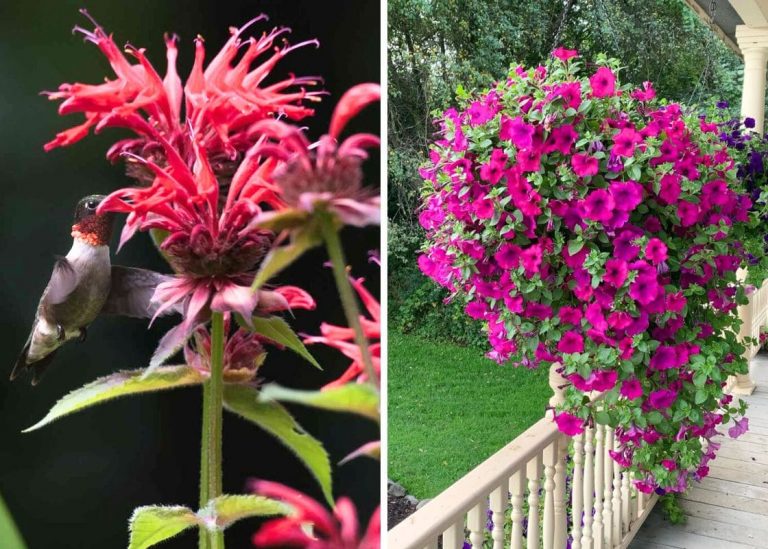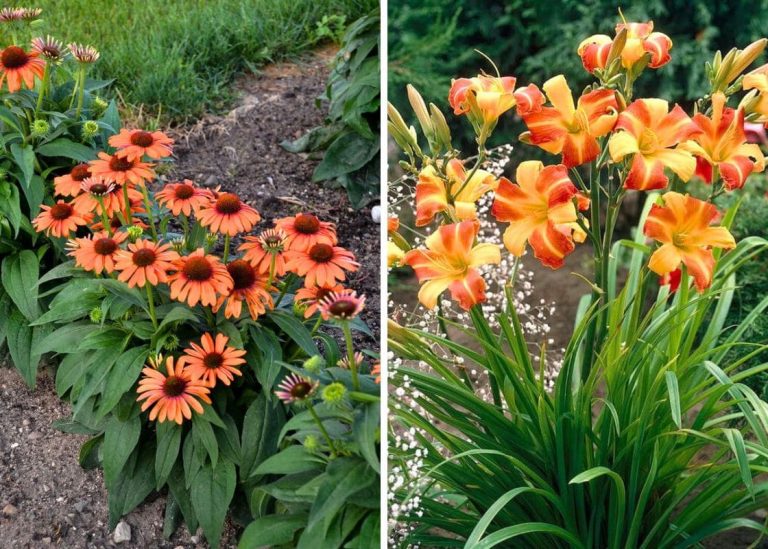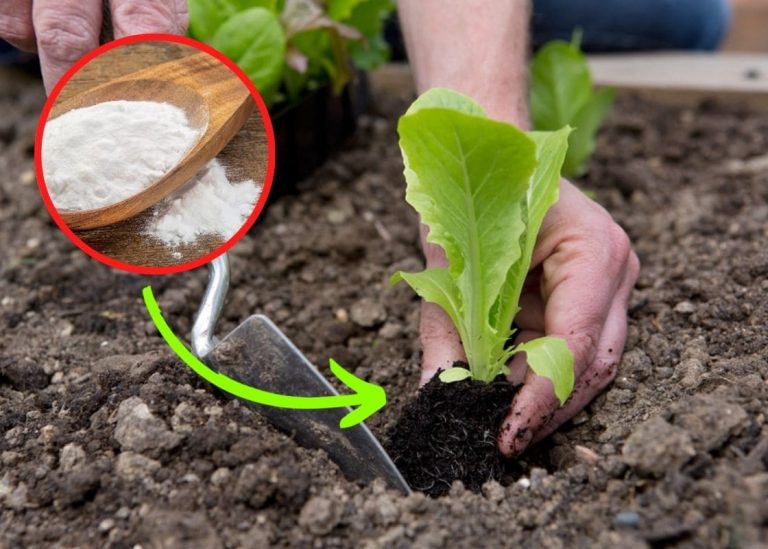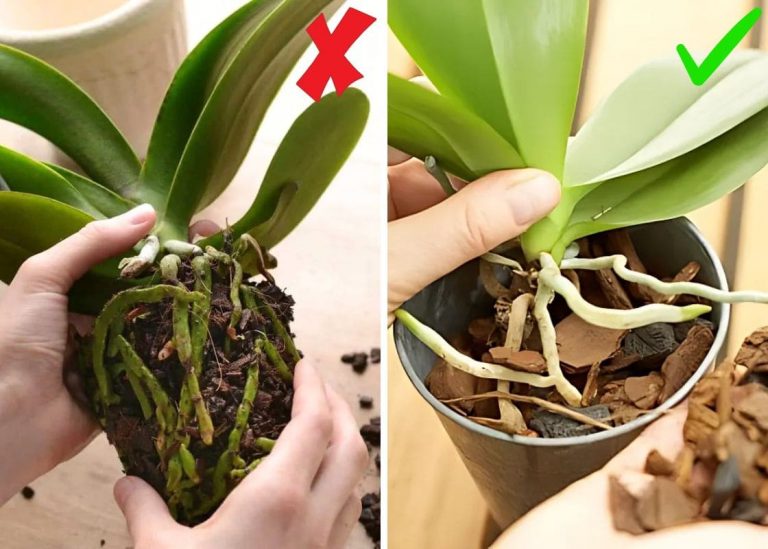How to Plant Lemons in a Cup: The Tiny Garden Trick That’ll Brighten Your Kitchen
One late January morning, when the sky had been gray for what felt like weeks, I stood by the kitchen window cradling a warm mug and half-listening to the kettle whistle. My eyes wandered over the counter clutter and landed on a plump lemon I had forgotten about. Its skin still gleamed like summer, untouched by the cold outside.
I sliced it open, just to brighten the room with its scent—and there they were. Seeds. Tiny, slippery, ordinary little seeds. And for some reason, something in me decided to save them.
Maybe it was the lack of color that month, or the feeling that everything beautiful was still months away. Whatever the reason, I pressed those seeds into a cup of potting soil and gave them a home on the windowsill. No big plan. Just a little hope.
A few weeks later, a green shoot emerged. And let me tell you—after days of gray, that little sprout felt like a spark of life.
Since then, I’ve planted lemons in cups nearly every year. Some I keep. Some I gift. All of them remind me that you don’t need a big garden or fancy tools. Sometimes, a bit of citrus, a bit of soil, and a bit of patience are all you need to grow something magical.
What You’ll Need to Get Started
I once tried to grow a lemon seed in a plastic cup with old potting soil and no drainage. Spoiler: it didn’t work. But I learned something—that even the simplest projects benefit from a little bit of intention.
Before we get our hands dirty, gather the basics:
- 1 lemon (organic preferred for viable seeds)
- 1 ceramic
- Potting mix (well-draining soil works best – citrus or seed-starting mix is ideal)
- Plastic wrap or a sandwich bag
- Toothpick or fork
- Spray bottle (or a spoon for gentle watering)
Tip from experience: Organic lemons are less likely to have chemically treated seeds. And pick a cup that makes you smile—it’ll be part of your kitchen for a while.
Step-by-Step: How I Plant Lemons in a Cup
1. Choose the Right Seeds
I once used a lemon from a store-bought bag and planted 10 seeds. None of them sprouted. But when I used a fresh organic lemon from the farmer’s market? Almost all of them came to life.
Tip: Organic lemons haven’t been treated with chemicals that prevent germination. That’s why they’re my go-to.

2. Clean and Peel the Seeds
The first time I tried this, I skipped peeling the seed coats. It took nearly a month to sprout. Now I always take a few extra minutes to clean and gently peel each seed—it makes a real difference.
If you want to go the extra mile, carefully remove the outer seed shell with a fingernail. This helps the seed sprout faster.
3. Soak Before Planting (Optional but Helpful)
I sometimes soak seeds in warm water overnight to soften the shell and kick-start germination. It’s not necessary, but I’ve found it speeds things up.
4. Fill the Cup with Soil
I once used a delicate teacup from my grandmother’s set. It had no drainage hole, so I added a handful of crushed seashells at the bottom. Not only did it work beautifully—it turned into the prettiest planter I’ve ever made.
Tip: Keep the soil light and airy. Lemons love roots that can breathe.
5. Plant the Seeds
This part always feels sacred to me. Like I’m tucking something precious into bed. I’ve had friends come over for tea and watch me do it, then end up planting their own.
My niece once planted a seed upside down, and it still grew. It curved up and corrected itself. That little plant taught me that nature figures things out—we don’t have to be perfect.
Instructions: Poke a ½-inch hole in the soil and gently drop a seed in, pointy side down. Cover it lightly with soil and press it gently. I like to plant 2–3 seeds in one cup, just in case one doesn’t sprout.
6. Create a Mini Greenhouse
This step is key! Cover the top of the cup with plastic wrap or a sandwich bag. It wasn’t pretty, but it worked. This step helps hold moisture and warmth, which speeds up germination. And when that condensation gathers inside the wrap? It’s like seeing little raindrops cheering the seed on.
Pro tip: If your house is dry like mine in winter, double-wrap the top or place the cup inside a second, clear container.
7. Place in a Warm Spot
Our kitchen window faces east and gets that golden morning light. It’s where I place nearly every seedling I’ve ever loved.
One time, I had no space on the sill, so I put the cup on top of the fridge. It got enough warmth to sprout, but once it grew tall, it looked miserable. I moved it to the bathroom shelf under a skylight, and it perked right back up.
Lesson: Pay attention. Lemon seedlings will tell you what they need. You just have to listen.
8. Water Lightly
I once gave a newly planted lemon seed a big, loving pour of water… and the seed floated up to the surface. Oops.
Now, I use a spray bottle or a teaspoon to gently moisten the soil. I treat it like I’m waking the earth without startling it.
Friendly reminder: Overwatering is the #1 killer of good intentions. Keep it light, and trust the slow rhythm of growth.
What Happens Next?
Now, the part that requires the most patience, waiting. Lemon seeds can take 1 to 3 weeks to germinate. Don’t worry if nothing happens for a while. One day, you’ll notice a tiny green shoot poking out of the soil, and that’s when the magic begins.
Once the seedlings get a few inches tall, I remove the plastic wrap and start treating them like proper plants. Keep them near sunlight and continue gentle watering. If you planted multiple seeds, thin out the weakest ones and let the strongest grow.

Caring for Your Lemon Seedling
As the leaves grow, I talk to them. I brush my hand over them gently when I pass. Plants like being touched, you know. It mimics wind and helps them grow stronger.
Once, I left a seedling in a dark room by accident for a week. It didn’t die—but it grew leggy and pale. I moved it back to the window and it slowly recovered, like it forgave me.
Plants, like people, are resilient when given light and time.
Can It Grow into a Tree?
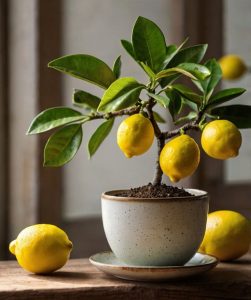
One reader told me her lemon tree grew in a pot for seven years before she got a single flower. She’d almost given up, but when that first bud opened, it smelled like everything she hoped it would.
My trees haven’t fruited yet. But I’ve never once regretted growing them. The glossy leaves. The lemon-scented fingers after brushing past. The ritual of caring for something just because it makes you feel alive.
Final Thoughts: Grow Something Just Because
There’s something wildly tender about planting something you don’t need. No fruit expected. No harvest date circled.
Just a cup. A seed. Some soil. And the soft hope that something green will come from it.
I think we all need a little reminder that it’s okay to start small. That beauty doesn’t ask for much—just a little time, a little care, and a place by the light.
So if you’ve got a lemon and a little love to spare, plant one. You might just grow a tiny piece of your joy back.


